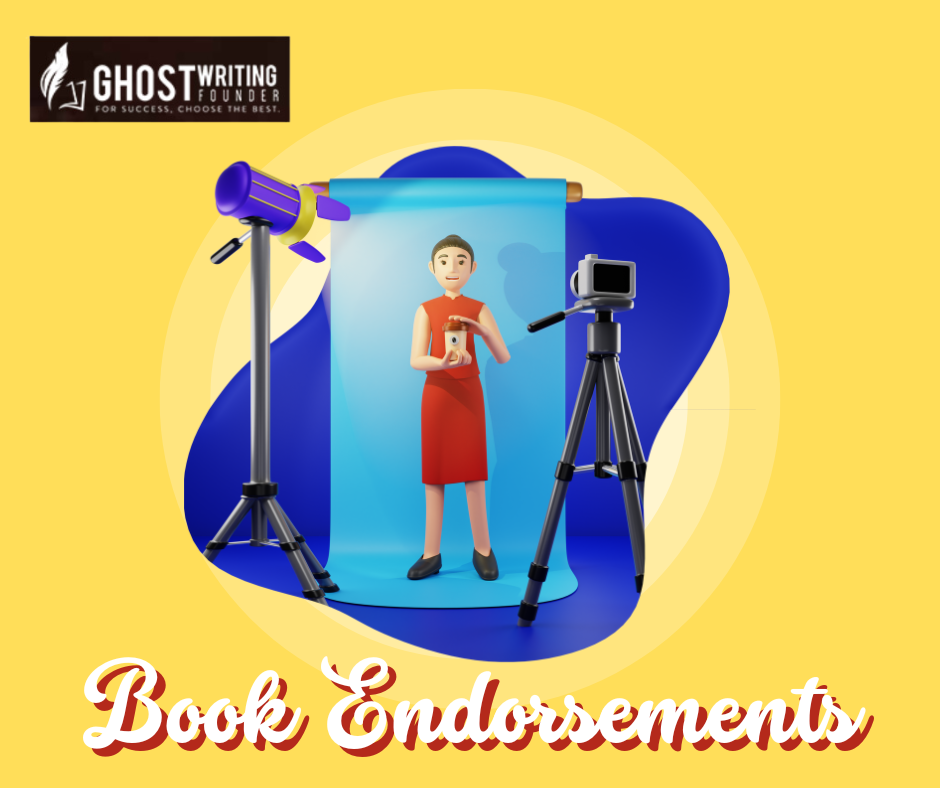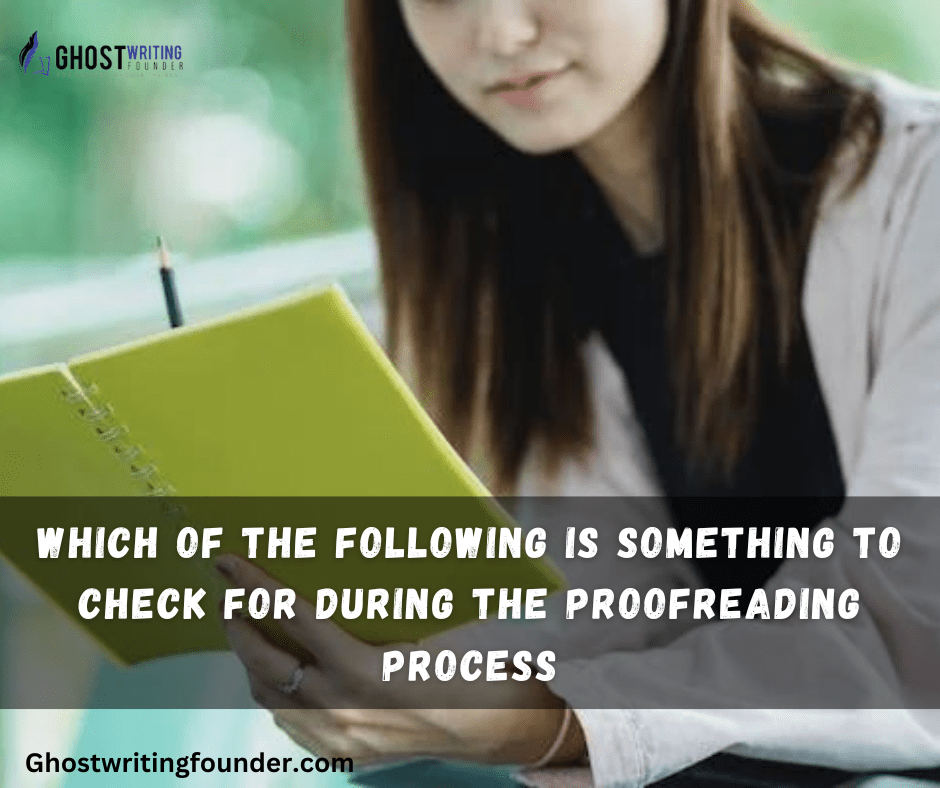
Book
Copywriting is a crucial aspect of marketing. It’s the art of crafting words that sell products, services, or ideas. Effective copywriting can make all the difference in convincing people to take action. The right words can grab attention and inspire action, whether it’s an ad, a sales page, or an email.
This copywriter’s handbook is a step-by-step guide to an author writing copy that sells. It’s designed to help aspiring copywriters understand the target audience, master the copywriting process, and use techniques that maximize impact. From avoiding common mistakes to staying up-to-date with industry trends, this guide covers everything you need to know to become a successful copywriter. Get ready to take your writing skills to the next level!
Understanding the Target Audience
Before you start writing copy, it’s crucial to understand the target audience. This involves researching their demographics, identifying buyer personas, and understanding consumer behavior. Knowing your audience is key to writing copy that speaks directly to them and inspires action.
To research your target audience, gather data on their age, gender, income, education level, and location. Look into their interests, hobbies, and what motivates them. This information will help you clearly understand who your audience is and what they’re looking for.
Next, create buyer personas to represent your target audience. Buyer personas are fictional characters that embody the traits and characteristics of your target audience. By clearly understanding your buyer personas, you can tailor your copy to meet their specific needs and desires.
Finally, understand consumer behavior. This includes the decision-making process your audience goes through when considering a purchase. What are their pain points? What do they value in a product or service? Understanding consumer behavior will help you write copy that addresses their concerns and motivates them to take action
The Copywriting Process
Copywriting is more than just writing words. A crucial part of book marketing involves creating written content to promote a product or service. The process of copywriting involves several steps to ensure maximum impact and engagement with the target audience. It’s a process that requires careful planning, research, and strategy.
So, here’s a step-by-step guide to help you get started.
- Planning and research:
- Develop a headline:
- Create a hook:
- Build a story:
- Craft a call to action
First, research is key. Understanding the target audience and their needs, desires, and pain points help craft a message that resonates with them. Next, creating an outline is important for organizing thoughts and ideas. This allows you to see the bigger picture and determine what information is necessary to include.
Once the research and outline are complete, it’s time to write the copy. Writing with a clear and concise tone, using an active voice, and including benefits for the audience makes the content more engaging.
The next step is to edit and refine the copy. This includes checking for grammar and spelling errors and making sure the content flows well and is easy to understand.
Finally, testing the copy is crucial. A/B testing different versions of the copy can determine which version resonates most with the target audience and leads to the best results.
Remember, the copywriting process is not a one-time thing. It’s important to iterate and refine your copy to maximize its impact. Keep testing and making changes until you achieve the desired results.
Writing Techniques for Maximum Impact
To make your copywriting stand out, it’s crucial to use writing techniques that pack a punch. By incorporating these techniques into your writing, you can undoubtedly evoke emotions, engage readers, and convince them to take action.
- Power Words: These trigger emotions and tap into your reader’s subconscious. Using powerful words can help you grab attention, evoke strong emotions, and create a sense of urgency. Examples include “limited time,” “now,” and “don’t miss out.”
- Conversational Tone: Writing in a conversational tone can help your copy feel relatable and engaging. This can help build a connection with your reader and increase their chances of taking action.
- Urgency and Scarcity: Creating a sense of urgency and scarcity can convince readers to act quickly. This can be done by setting time limits on offers or highlighting limited stock availability.
- Persuasive Language: Using persuasive language can encourage readers to take action. This includes using “you” focused language, bold statements, and positive words.
- Simplifying Complex Information: If your product or service has technical aspects, breaking down the information into simple terms can help increase understanding and engagement.
Best Practices for Writing Effective Copy
Writing effective copy requires a lot of effort, and following best practices can help ensure your copy has maximum impact. So, to write copy that sells, keep the following tips in mind:
- Use subheadings: Break up text into sections with subheadings. This makes it easier for readers to scan and understand the key points.
- Stay up-to-date: Keep abreast of industry trends and best practices. Read copywriter’s books and articles, attend workshops and conferences, and network with other copywriters.
- Know your audience: Before you start writing, understand your target audience. What are their needs, wants, and pain points? What motivates them to take action? Knowing your audience will help you tailor your copy to their specific needs and preferences.
- Write a clear, attention-grabbing headline: The headline is the first thing your audience will see and needs to grab their attention. Keep it short, sweet, and to the point.
- Keep it simple: Use language that’s easy to understand. Avoid technical jargon, big words, and convoluted sentences.
- Use active voice: Write in the active voice to make your copy more engaging and actionable. It gives your writing a sense of urgency and helps the reader feel like they’re taking part in the story.
- Highlight benefits, not feature: Focus on the benefits of your product or service rather than just listing its features. Explain how your product or service will improve the reader’s life.
- Use powerful images: A picture is worth a thousand words, and the right image can help sell your product. Choose images that are relevant to your copy and help convey your message.
- Make it visually appealing: Use spacing, headings, and bullet points to break up your copy and make it easier to read.
- Add a call to action: At the end of your copy, include a clear call to action. Encourage the reader to take the next step, whether it’s signing up for a newsletter, making a purchase, or contacting you for more information.
- Test and refine: Test your copy on different groups of people and gather feedback. Make changes based on what works and what doesn’t. Continuously refine your copy to make it more effective.
- Professionals guidance: Ghostwriting Company can also be helpful for busy professionals who need to produce high-quality written content but don’t have the time or skills to do it themselves. With book writing services experts, you can delegate the task of writing to experienced professionals who can craft a message that is both effective and engaging.
Common Mistakes to Avoid in Copywriting
Copywriting can be an effective tool, but it can also easily go wrong if you make common mistakes. Therefore, to avoid these mistakes, keep in mind these six pitfalls:
- Overusing Industry Jargon: Avoid using terms and phrases that only people in your industry understand. Your target audience won’t be impressed by your knowledge if they can’t understand what you’re saying.
- Focusing on Features Instead of Benefits: People don’t care about features. They care about what those features will do for them. Focus on the benefits, not the features.
- Being Too Salesy: No one wants to be sold to. They want to feel like they made a decision. Be conversational and avoid a hard sell approach.
- Neglecting the Call to Action: A call to action tells your reader what you want them to do next. Make sure your call to action is clear and easy to follow.
- Ignoring Target Audience Needs and Desires: Your target audience has its own needs and desires. Make sure your copy speaks directly to them by understanding their wants and needs.
- Not Testing and Iterating: Your first draft may not be your best. Test and iterate your copy to see what works best and make improvements.
Essential Elements and Detailed Insights
| Element of Copywriting | Key Insights | Actionable Tips |
|---|---|---|
| Audience Understanding | Understanding demographics, interests, and behavior of the target audience is crucial. | Research and create buyer personas to tailor copy effectively. |
| Copywriting Process | Involves planning, research, writing, editing, and testing for impactful results. | Develop clear outlines, use active voice, and continuously refine your copy. |
| Writing Techniques | Utilizing power words, conversational tone, and persuasive language enhances impact. | Create urgency, simplify complex information, and use emotive language. |
| Effective Practices | Best practices include using subheadings, staying updated, and focusing on audience needs. | Craft attention-grabbing headlines, use simple language, and highlight benefits. |
| Visual Integration | Powerful images and visually appealing layouts can significantly augment the copy. | Choose relevant images and use design elements like spacing and bullet points. |
| Mistakes to Avoid | Common pitfalls include overusing jargon, being too salesy, and neglecting calls to action. | Focus on benefits over features and understand your audience’s needs. |
| Continuous Improvement | Testing, feedback, and iteration are essential for refining copywriting skills. | Test your copy with different audiences and adapt based on feedback. |
Conclusion
Unquestionably, copywriting is an essential skill for businesses to stand out and succeed. By following the steps outlined in this copywriter’s handbook, you can write copy that engages, inspires, and sells. Understanding your target audience, using effective copywriting techniques, and avoiding common mistakes is key to writing copy that converts. With focus, effort, and determination, anyone can master the art of copywriting and become a successful copywriter.
Whether you’re writing for an advertisement, a sales page, or an email, these tips will help you create copy that stands out from the crowd and sells. So, put the tips from this guide into action, and watch your copywriting skills soar!









Leave a Reply